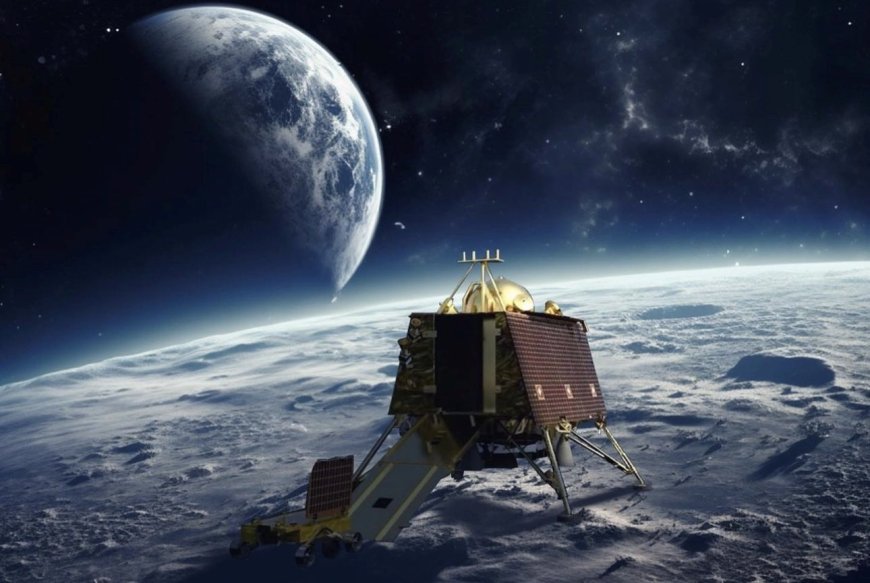India on Moon, Becomes First Nation to Land on South Pole, Fourth on Soft Landing

Bhubaneswar, August 23: India became the fourth country in the world to demonstrate soft landing Chandrayaan-III on the lunar surface and the first nation to explore the South pole of the moon.
Just seconds after the successful landing Prime Minister Narendra Modi, who is in Johannesburg South Africa for the 15th BRICS Summit, congratulated ISRO and the scientists and said ``every Indian is proud as we could see the history being made by our scientists of ISRO and it would be a day to be recorded in the world history as India became the fourth nation to make the soft landing on moon and the first nation to explore the lunar South pole.’’
Chairman ISRO S Somanath and other directors for various projects under the Chandrayaan-III Mission were also present as the cheering scientists and staff of ISRO at the Satish Dhawan Space Centre, Sriharikota celebrated the grand occasion of Indian space research.
Chandrayaan-III is a follow-on mission to Chandrayaan-II to demonstrate end-to-end capability in safe landing and roving on the lunar surface. It consists of Lander and Rover configuration. It will be launched by LVM3 from Satish Dhawan Space Centre, Sriharikota. The propulsion module will carry the lander and rover configuration till 100 km lunar orbit. The propulsion module has Spectro-polarimetry of Habitable Planet Earth (SHAPE) payload to study the spectral and Polari metric measurements of Earth from the lunar orbit.
Lander payloads: Chandra’s Surface Thermophysical Experiment (ChaSTE) to measure the thermal conductivity and temperature; Instrument for Lunar Seismic Activity (ILSA) for measuring the seismicity around the landing site; Langmuir Probe (LP) to estimate the plasma density and its variations. A passive Laser Retroreflector Array from NASA is accommodated for lunar laser ranging studies.
Rover payloads: Alpha Particle X-ray Spectrometer (APXS) and Laser Induced Breakdown Spectroscope (LIBS) for deriving the elemental composition in the vicinity of landing site. The Lander and the Rover have scientific payloads to carry out experiments on the lunar surface.
What's Your Reaction?



























































